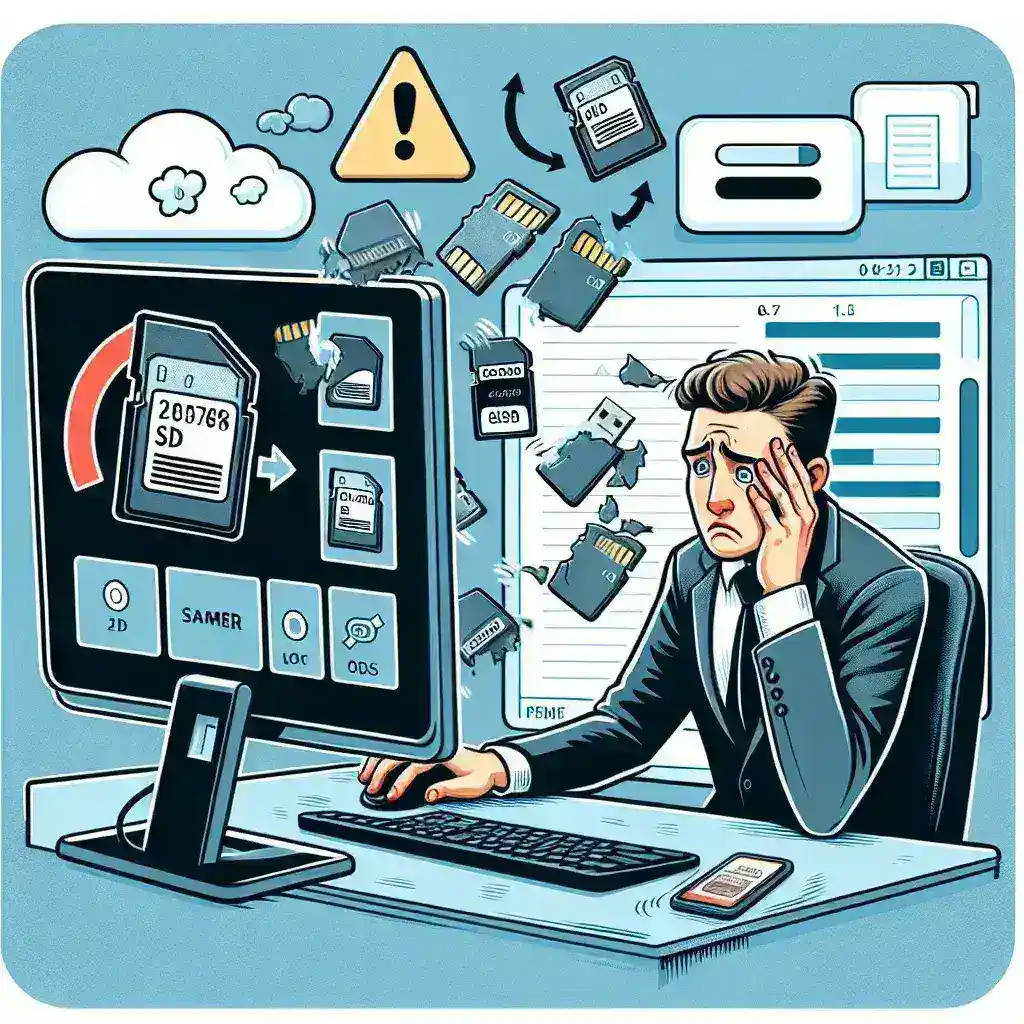Introduction
SD cards are essential for storing and transferring data across various devices such as cameras, smartphones, and tablets. However, encountering a read error can be alarming, especially when important files are at risk. Understanding the reasons behind SD card read errors and knowing the right recovery methods can significantly increase the chances of retrieving your valuable data.
Common Causes of SD Card Read Errors
Before diving into recovery methods, it’s crucial to understand what causes SD card read errors:
- Physical Damage: Dropping the device or exposure to extreme conditions can damage the SD card.
- File System Corruption: Improper ejection or software issues can corrupt the file system.
- Virus Infection: Malware can interfere with the SD card’s functionality.
- Bad Sectors: Over time, SD cards can develop bad sectors, leading to read errors.
Step-by-Step Methods to Recover Files
1. Stop Using the SD Card Immediately
Continuing to use the SD card after a read error can overwrite data, making recovery more difficult. Remove the SD card from the device to prevent further damage.
2. Try Alternative Devices
Sometimes, the issue might be with the device’s card reader rather than the SD card itself. Insert the SD card into a different device or use an external card reader to check if the data becomes accessible.
3. Use Data Recovery Software
There are numerous data recovery tools available that can help retrieve files from a corrupted SD card. Some popular options include:
- Recuva: A user-friendly tool suitable for beginners.
- EaseUS Data Recovery Wizard: Offers comprehensive recovery options.
- Disk Drill: Provides deep scan features for thorough data retrieval.
To use these tools:
- Download and install the chosen software on your computer.
- Connect the SD card using a card reader.
- Launch the software and select the SD card as the target for scanning.
- Follow the on-screen instructions to recover the discovered files.
4. Utilize Command Prompt for File System Repair
If the read error is due to file system issues, using the Command Prompt can help fix the problem:
- Insert the SD card into your computer.
- Open Command Prompt with administrative privileges.
- Type
chkdsk X: /f(replace X with your SD card’s drive letter) and press Enter. - Wait for the process to complete, which will attempt to fix file system errors.
5. Seek Professional Data Recovery Services
If all else fails, professional data recovery services can provide advanced solutions to retrieve data from severely damaged SD cards. Although this option can be costly, it offers the highest chance of successful recovery.
Preventive Measures to Avoid Future Read Errors
- Regular Backups: Frequently back up important data to multiple storage devices.
- Safe Ejection: Always eject the SD card properly from devices to prevent file system corruption.
- Avoid Physical Damage: Handle SD cards with care to minimize the risk of physical harm.
- Use Reliable Devices: Employ high-quality SD cards and reputable devices to reduce the likelihood of errors.
Conclusion
Encountering a read error on your SD card can be stressful, but by following the right recovery methods, you can often retrieve your valuable data. Whether you choose to use data recovery software, command-line tools, or professional services, taking prompt and appropriate action is key to successful file recovery. Additionally, implementing preventive measures can help protect your data from future issues.

